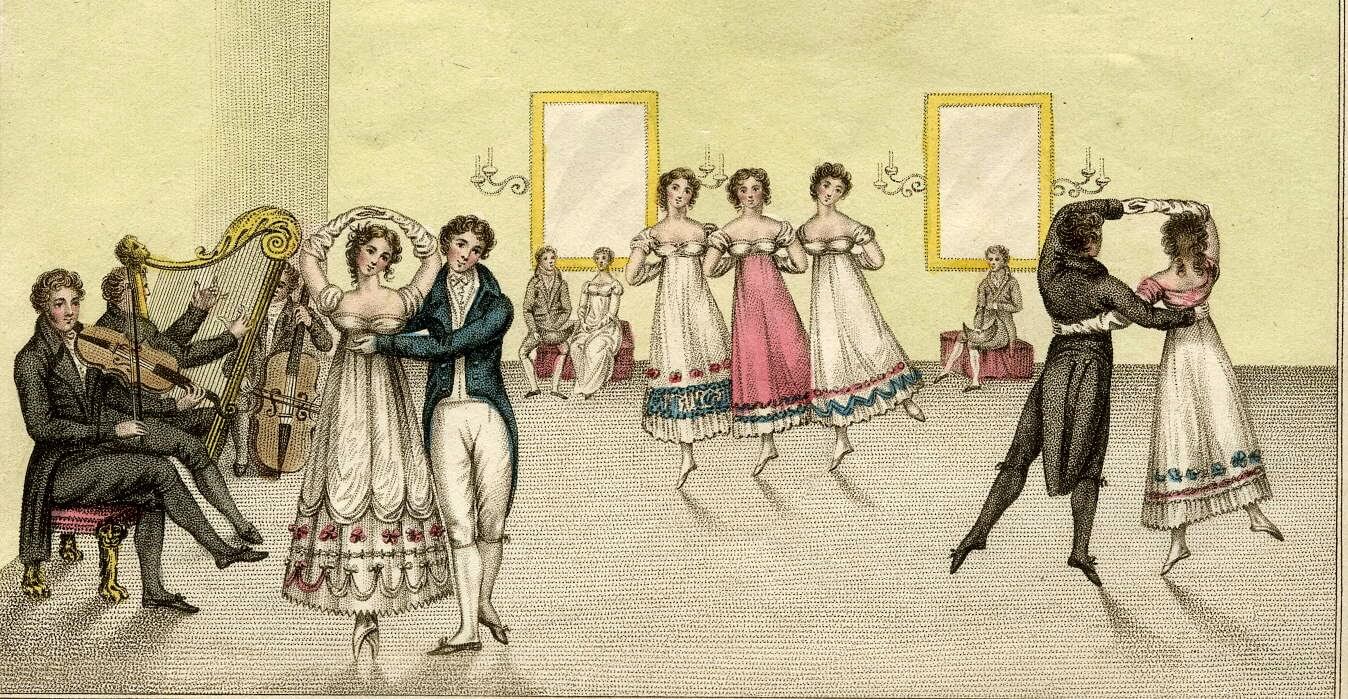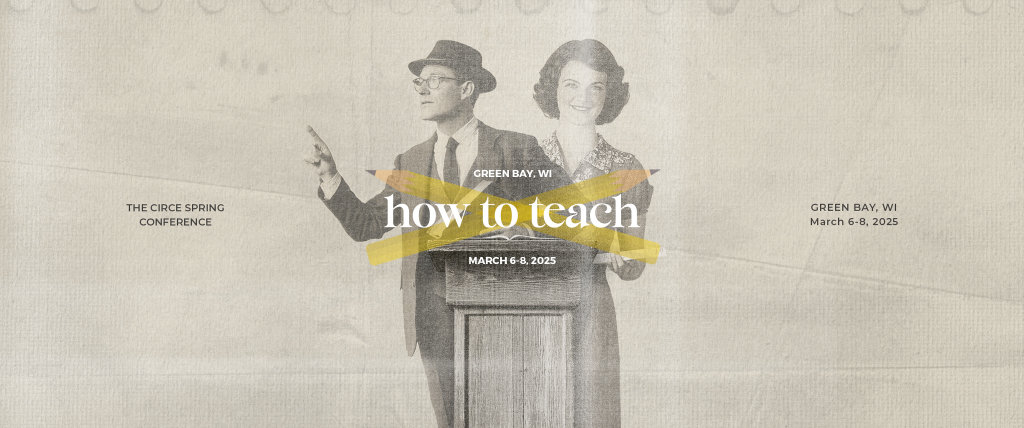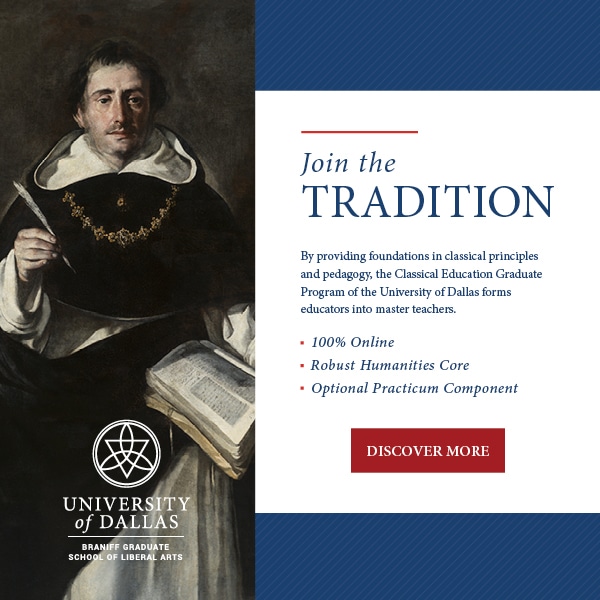Mimetic Teaching: An Invitation

True confession: This post comes from a forum post for the Mimetic Teaching Intensive that begins this week. Since it can be applied to any teaching, I have posted it here:
Whenever I approach mimetic teaching I do so with fear and trembling.
Playing with Blocks
Once upon a time, I had a lovely, childlike conception of teaching. In my conception, teaching was like when a child builds with blocks. If you stack the blocks correctly, they will stand tall and you can keep building until some other force knocks them down. In my mind, it was as though teaching can be reduced to a simple formula or algorithm. I only need to follow it and that formula will deliver the desirable – and predictable – results.
This is a dream for a teacher.
Even then, I knew that teaching was more complex and dynamic than that dream expressed. I sometimes think I expressed it so simplistically precisely because in the back, bottom, and corners of my mind I knew there was a shadow of uncertainty and imprecision that kept slipping into, around, and through my conception. I had a concept, but I felt a gap between my model and reality.
Following a Blueprint
Through further experience and reflection, I came to understand that teaching, more than stacking blocks, is like following a blueprint. When I follow the blueprint, a good portion of my work will still amount to stacking blocks (bricks or stones, wood or logs). But only if I first perceive the underlying structure can I can construct something that one can live in and even enjoy.
When I realized that, I turned from formulae to patterns and principles.
One of the most ubiquitous mercies of God can be found in the way the created world gives feedback to our understanding. Building blocks, patterns, and principles are great. Blueprints are great. Formulae and principles are necessary. But if I impose my blueprints or formulae on my students, if I treat teaching like it is building with blocks, reality, in the form of my students, will quickly show me that teaching is not reducible to either.
When I teach, there, before me, are living souls. Even more importantly, there, in His gracious omnipresence, is my Lord Jesus, whom I strive to honor in the way I treat His Image. Those living souls refuse to be blueprinted and blocked. They refuse to be reduced to a set of principles and patterns. The Lord Jesus will hold me accountable if I drive them to rebellion through my disrespect for Him in His image.
I need more than patterns and principles.
Dancing with Wisdom
Through experience, feedback, and reflection, I came to understand that teaching is more like a dance than a blueprint. In a traditional dance, we usually find a leader and a follower, but we also experience a mutual responsiveness. The submission found in a dance is mutual in that both partners, or a whole group, submit to an authority above them: the music itself. If the music loses its concord, the dance falls into discord. If the music maintains its harmony and the dancers follow, a wonder of modulation fills the time and space of the hall and joy descends upon the dancers. Or does it rise up from within them? Who can tell?
Teaching is a dance.
I find this image deeply satisfying, though endlessly challenging.
Modeling a Mystery: From darkness to… darkness?
Nevertheless, I have another confession. Even after rising from building blocks through blueprints to ballrooms, something more remained unexplained. Teaching is not literally dancing. Dancing is an image or model of teaching. It’s a good one in that I can learn a lot about teaching by comparing it with dancing. But teaching itself extends beyond any image I can make of it.
I tried the image of building blocks and that helped a bit. I tried the image of a blueprint, and that helped a bit more. I tried the image of music, and that helped a lot. But I simply cannot reduce teaching to a model.
When that truth sank in, I almost felt like I had entered a new and deeper darkness than the fog I encountered back when I first started trying to formulate the art of teaching. However, a great difference had been introduced. For better or for worse, in the intervening years I had gone on a long journey. I had reflected endlessly on my understanding of teaching and I had taught and, as it were, experimented with my models.
That no model was adequate, I had learned by experience and reflection. The difference between that kind of ignorance and the slothfulness that never sets out on the journey because, after all, no model works, is, to modify Twain, the difference between lightning and the lightning bug.
In the beginning it looked dark because I didn’t know anything. Now it was dark because it was too bright to look at. You might say I encountered the difference between the darkness of night and the darkness of gazing directly at the sun.
From Ptolemy to Newton
To transpose the metaphor, it was as though I had developed a model of the universe, something like Ptolemy did with his magnificent blueprint of the music of the spheres, filled with epicycles and retrogressions. He never added a detail for the sake of ornamentation but only to describe something real as completely as possible: every known detail of an actual appearance in the heavens.
Unfortunately, the time came when his model no longer explained all the appearances. Over the course of a couple centuries, Ptolemy’s model was gradually replaced by one developed by Copernicus, Kepler, Galileo, Newton, and others.
And yet, Ptolemy’s model was a work of genius that explained everything that could be explained at that time. No known facts were left out.
Something not widely known about Ptolemy is that he understood that his model was not real or even correct. In fact, he argued that music gave reliable and certain knowledge, while astronomy could only give probable knowledge. His model was a model.
This astronomical humility is worth noting when we reflect on teaching.
An Invitation to Mimetic Teaching
I am going to present a model to you that we at CiRCE have named mimetic teaching. It will give you building blocks. It will provide you with a blueprint. It will even provide a space for dancing. But it will never be more than a model. That is all it can be.
The child, the lesson, and the teacher are each individually a micro-cosmos, a mystery of their own. Put them together in the art of teaching and you have multiplied the mystery.
Yet we can and we must account for what happens when we teach because we are responsible for it. What we can know we must know if we would teach wisely. That we cannot know much we must confess if we would teach humbly; and teaching must be humble to be wise.
- To become a virtuous teacher, you will need to master the building blocks of teaching.
- To become a wise teacher, you will need to master the principles and patterns of teaching.
- To become a master teacher, you will need to master the dance of teaching.
- And to become a humble teacher, you will need to acknowledge the mystery of teaching even while you take full responsibility for your role as a teacher.
In our sessions, I will show you the blueprint of mimetic teaching and I will do my best to dance with you. May you be given the grace to enter the radiant dark light of the mystery of teaching to the glory of the Christ the Logos.
NB If you would like to join this six week online course, please click here for more information.
Andrew Kern
Andrew Kern is the founder and president of The CiRCE Institute and the co-author of the book, Classical Education: the Movement Sweeping America.










1 thought on “Mimetic Teaching: An Invitation”
So, would you say that teaching is more of an ‘art’ versus a ‘science’? I only ask because it seems as though many teaching ‘specialists’ want to talk about the latest data and studies done on the brain and in classroom management.